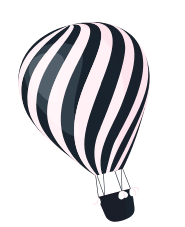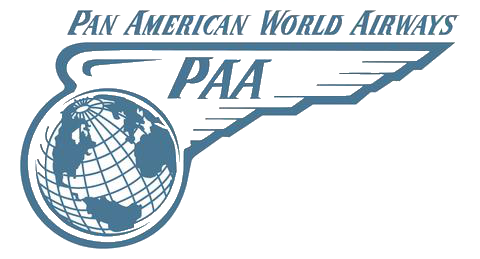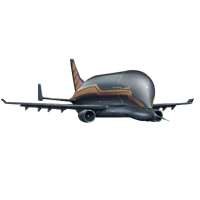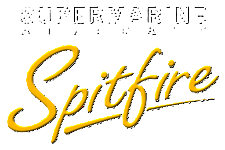Fokker
Fokker F28 Fellowship
|
|||||||||||||||||||||||||||
|---|---|---|---|---|---|---|---|---|---|---|---|---|---|---|---|---|---|---|---|---|---|---|---|---|---|---|---|
.
History Royal Dutch Aircraft Factory Fokker
Fokker F28 Fellowship
First flight 9 May 1967
Produced 1967–1987

The Fokker F28 Fellowship is a twin-engined, short-range jet airliner designed and built by Dutch aircraft manufacturer Fokker.
Following the Fokker F27 Friendship, an early and commercially successful turboprop-powered regional airliner, Fokker decided to embark on developing a new turbojet-powered commuter aircraft that would build upon its experiences with the F27. During the design phase, a high level of attention was paid to market research and operator concerns; amongst other changes made, the prospective jetliner was increased in size, changing its maximum seating capacity from 50 to 65 passengers. During April 1962, Fokker announced the formal launch of the F28 Fellowship.
The Fokker F28 Fellowship was a short-haul, twin-engined jetliner, sharing broad similarities to the British Aircraft Corporation's BAC One-Eleven built in the UK and the first-generation Douglas DC-9 built in the US in terms of basic configuration, featuring a T-tail and engines mounted at the rear of the fuselage. The choice of a low-mounted wing, amongst other benefits, somewhat shielded the tail-mounted engines from the threat of foreign object damage. Fuel is stored within both the outer wing and the fuselage; additional pylon-mounted tanks could be installed for extended range operations if so required.
Development

0
KmCeiling
0
KmCombat RANGE
0
Km/hAircraft Speed
0
Max Crew
Photo Gallery
Royal Dutch Aircraft Factory Fokker
Fokker F28 Fellowship


Royal Dutch Aircraft Factory Fokker
Fokker F28 Fellowship
General Info
-
-
-
Exterior
-
Exterior Height
: -
Wing Span
: - Length
: 89 ft 9 in
Interior
-
Wing Area:
:
Occupancy
-
Crew
: -
Passengers
:
-
Exterior Height
-
-
Performance
-
Takeoff Distance
: - Landing Distance
: -
Max Speed
: 464 kts -
Normal Cruise
: 457 kts
Range / Distances
-
Max Range
: 1481 nm -
Service Ceiling
: 35000 ft
Distances
-
Takeoff Distance
: 5500 ft -
Landing Distance
: 3400 ft
.
Links to Youtube & Others
The F28-1000 prototype, registered PH-JHG, first flew on 9 May 1967, flown by Chief Test Pilot Jas Moll, Test Pilot Abe van der Schraaf, and Flight Engineer Cees Dik. Type certification from West German authorities was achieved on 24 February 1969, clearing the F28 to enter revenue service. While the first order for the type had been placed by German airline LTU, the first revenue-earning flight was conducted by Braathens, which eventually operated a fleet of five F28s, on 28 March 1969.
Fokker
Fokker F28 Fellowship
Perhaps the most successful model of the F28 was the F28-4000, which debuted on 20 October 1976.
Youtube Link
A variant of the F28, equipped with an extended fuselage, was named F28-2000; this model could seat up to 79 passengers instead of the 65 seats on the F28-1000.













